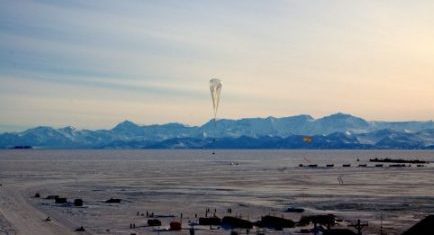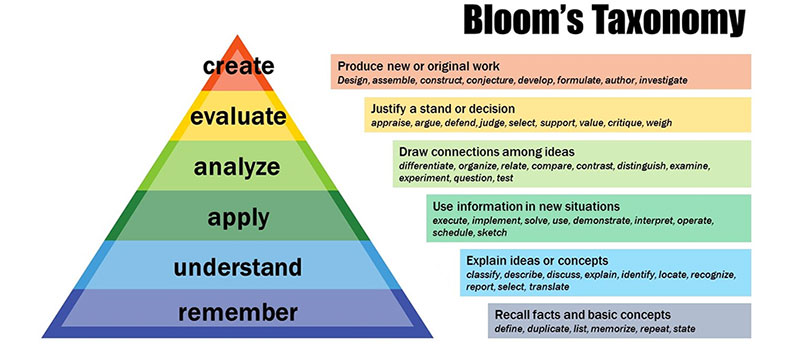Below is a summary of the research projects I have been involved in. For more information please see my Publications, Presentations, or Research Statement.
Tropical Oceanic Convection
Supported by NASA grant NNX16AD76G.
Over the tropical oceans, convection is abundant, especially in and around the ITCZ (see the main image on this website). In a region where temperature gradients are small, convection is the driving force governing the dynamics of the tropical atmosphere. Unlike the well-studied counterpart, midlatitude continental convection, tropical oceanic convection has more subtle drivers and is therefore relatively poorly understood.
My research in this area focuses on the mesoscale organization of convection i.e. what drives the growth of Mesoscale Convective Systems (MCSs). This is important because MCSs produce widespread areas of latent heating that drive circulations in the tropical atmosphere. Our work uses satellite measurements and reanalyses to diagnose the synoptic scale factors associated with the upscale growth of convection. Further, we use detailed observations from field programs and modeling tools to examine the mesoscale factors governing the organization of the convection.
Thus far, this work has involved the development of a large dataset of tracked mesoscale precipitation features (see an example in the figure to the right). We recently received funding to continue the development of this dataset on a grant that will also see us investigate upscale growth of convection during the upcoming NASA CPEX-AW field campaign in the Cape Verde Islands

Aerosol-Cloud-Convection Interactions
Supported by DOE grant DE-SC0020056.
Our group was recently funded to work with data from the US Department of Energy’s Cloud, Aerosol, and Complex Terrain Interactions (CACTI) field campaign to investigate the link between deep convection and aerosols. During this project we will be examining radar reflectivity structures and comparing them with cloud condensation nuclei concentrations measured at the ARM measurement site that was placed in the Sierras de Cordoba mountains during October 2018 through April 2019. We will also be modelling this relationship using the Weather Research and Forecasting model to understand the causality in the relationships found during the observational study.
African Easterly Waves (AEWs)
Supported by NSF grant 1433763.AEWs are synoptic-scale waves (~3000 km wavelength) that peak in the mid-levels of the atmosphere (600 hPa) and traverse the Sahel region of northern Africa from east to west (hence ‘Easterly’). They are associated with the African Easterly Jet — which also peaks in the mid-levels — from which they draw energy. They are a dominant modulator of weather in the region during northern hemisphere summer and are the main disturbance from which Tropical Cyclones (TCs) form in the Atlantic (see my GRL article on the latter point).

My research in this area focuses on the interaction between AEWs and clouds. In recent years it has been proposed that this interaction is essential for the growth and maintenance of AEWs. The focus of my this research has therefore been to decipher the processes driving this interaction which allow for the enhancement of AEWS. Since these are rotating waves with a strong influence from diabatic sources of energy (moist convection), this work has examined the potential vorticity of AEWs in both composites using reanalysis data (JAS article) and cloud-permitting simulations (JAMES article).nd traverse the Sahel region of northern Africa from east to west (hence ‘Easterly’). They are associated with the African Easterly Jet — which also peaks in the mid-levels — from which they draw energy. They are a dominant modulator of weather in the region during northern hemisphere summer and are the main disturbance from which Tropical Cyclones (TCs) form in the Atlantic (see my GRL article on the latter point).
Further, I have also examined the role AEWs play in the organization of MCSs (see my PhD dissertation for more information). A further research arc on AEWs is their variability and with tropical cyclones on inter-annual time-scales (GRL article). A key finding was that the canonical peak of the AEW-storm track is not associated with annual TC numbers. Rather, it is the near surface strength of the AEW storm-track that is important for TC genesis, and only when that is weak does it affect TC numbers.
Observation and Model Validation
Supported by NSF grant 1143790.

In past work I examined the Antarctic Mesoscale Prediction System (AMPS) — a weather prediction system using the Weather Research and Forecasting Model (WRF) — to understand the biases and errors in operational forecasts over Antarctica. This examination used dropsonde data launched from a stratospheric driftsonde system during the CONCORDIASI field campaign.
This work found significant biases in the forecasts of boundary layer temperature and winds over the continent where a strong temperature inversion and katabatic flow are present due to the steep and frozen slopes. More information on this can be found in my Masters Thesis.
Geoscience Education
Supported by NSF grant 1433763.In the Atmospheric Sciences, instructional methods often lag behind more teaching-based fields such as the humanities. Active-learning strategies are rarely used in favor of lecture-based methods. This is in part due to the lack of research carried out on new teaching methods and their effectiveness in a math-based field.

Together with my PhD advisor, Dr. Anantha Aiyyer, I have spent significant time developing and teaching a core course for undergraduates entitled Math Methods for Atmospheric Science. This course bridges the gap between traditional math courses, most commonly taught by the math department, and the core math-heavy dynamics courses in Atmospheric Science degrees. Using backwards design principles, I have developed a course syllabus and set of labs which, through active-learning strategies, help students develop math, basic atmospheric dynamics, and coding skills. This course is now a part of the core curriculum in the NC State Atmospheric Sciences undergraduate program and in the future we hope to examine the effectiveness of this course in developing the math skills atmospheric science undergraduates often struggle to build.